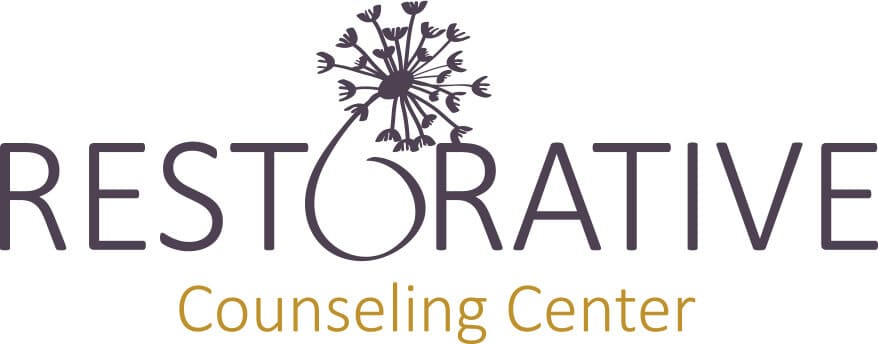When you think of emotions, like mad, sad, glad, do you automatically think that some of those feelings are “good” and some are “bad?” You are not alone if you tend to categorize emotions into those two categories. Many of us were raised and taught to think that some feelings were good, like joy, happy, excited, hopeful, etc. On the same note, we were also taught that some were bad like anger, anxious, jealous, frustrated, etc. I want to encourage you to start believing that there are no bad emotions; that they themselves are not good or bad. Emotions inform us, they teach us. It’s what we do with those emotions that can move us forward or set us back.
Expanding your emotional vocabulary
Thinking and believing in this new way, will take some getting used to. The first step is to expand your emotional vocabulary. Spend a minute or two on google and look for a “feeling wheel” or a list of emotions. Many people I talk to have a very limited emotional vocabulary that includes a few emotions like mad, sad, glad, scared, happy and angry. Look over this new list you have found and be amazed at the endless possibility of emotions like isolated, stupid, fascinated, embarrassed, inadequate, relaxed, peaceful, playful, amused, proud, loving, insecure, and so much more.
Name it to tame it
As you begin to notice your emotions (learn more about this next week), pull out this list, and really begin to properly name the emotion. Again, there are no good or bad emotions, but once you can name it properly, it will inform you on how to respond to it. There is a great phrase: “Name it to tame it.” When we think we are mad, but we really are insecure, or overwhelmed, or inferior…the response is going to be so much different. And, unfortunately, so often, our loved ones are at the receiving end of our outward expression of our internal feelings. When we misname our emotions, we can “react” out of feeling, but when we take a moment to properly name our emotion, we can choose a proper response.
I challenge you this week, get your hands on a feeling wheel, a list of emotions, or even a print out of facial expressions (there are some great ones for kids), and start to expand your emotional vocabulary. You can also begin recognizing those emotions in yourself and start to name them.
Check back next week as I share a practical step-by-step way to check in with yourself and learn from your emotions.
Does this feel very overwhelming for you? Contact us to walk through this exercise with a professional counselor.
Watch our video where we discuss this topic more.


While not a habit yet, the “feeling wheel” has been really helpful for me to figure out what is really going on below the surface level. Really good tool.